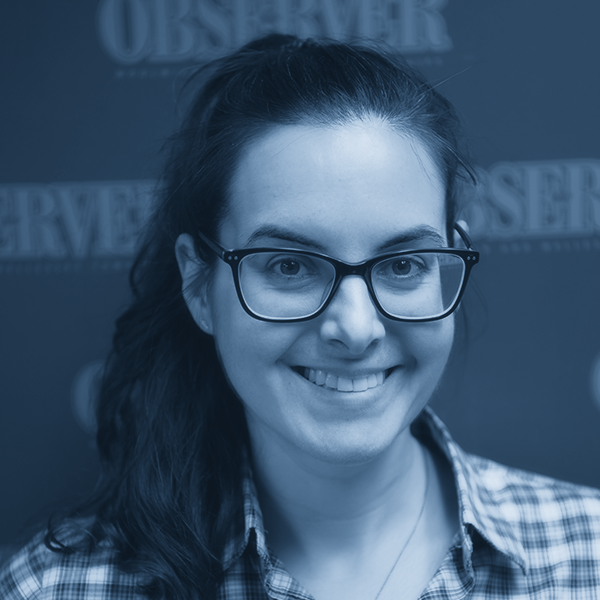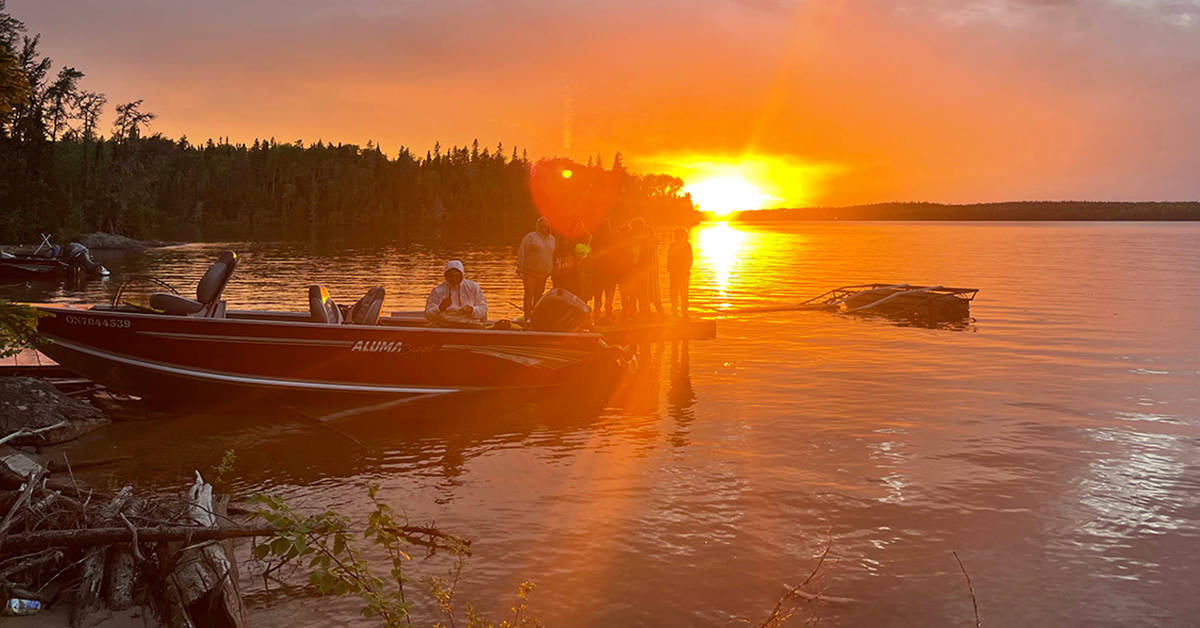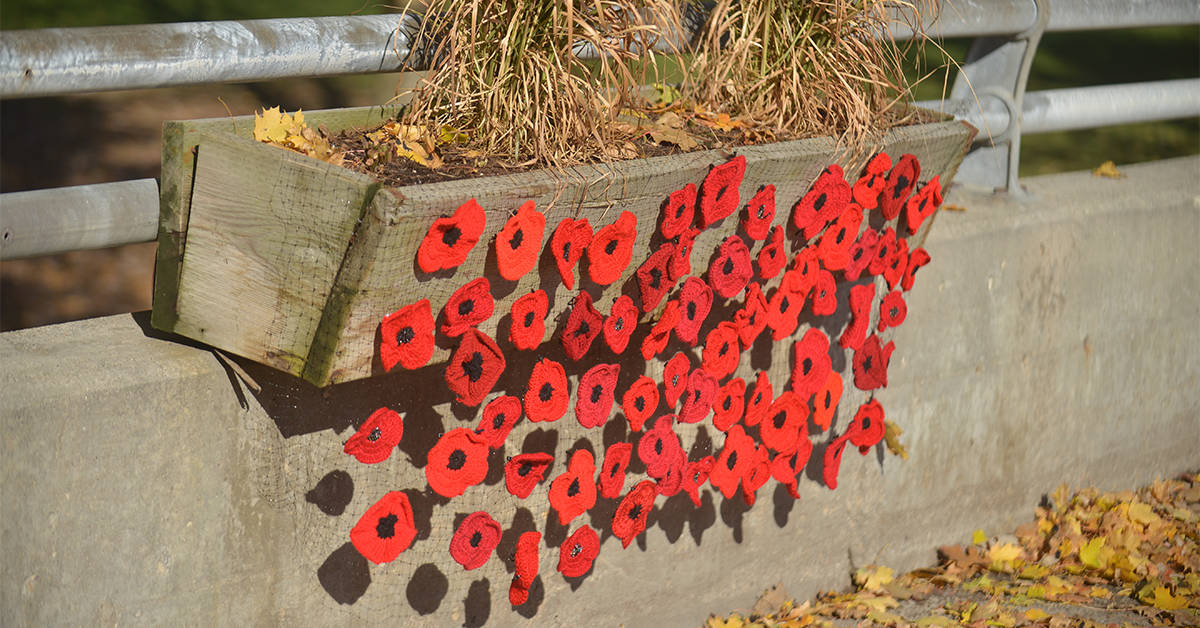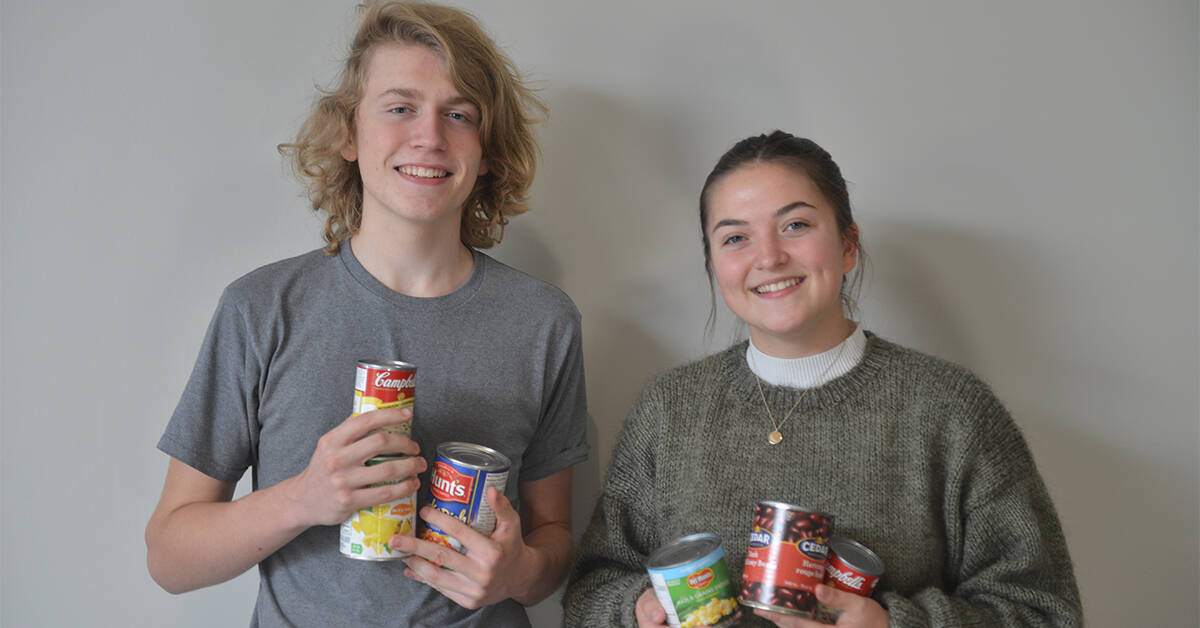Teach For Canada is an organization that helps recruit qualified teachers to teach in northern Indigenous communities, and also offers support while the teachers are there.
“We partner with First Nation communities, and through those partnerships, we’re able to help them hire teachers. So we have a teacher recruitment, matching and training process. So that is really the core of our work, is to fulfill short term staffing needs with First Nations,” said Meredith Stapon, a spokesperson for the organization.
Once recruited, Teach For Canada hosts a two-week preparation program in the summer. Here, the teachers meet other teachers, and are prepared for life up north. There are currently 120 Teach For Canada teachers working in 23 partner First Nations communities, says Stapon.
After their preparation program, teachers are matched to the right-fitting positions in partner community schools. While up north, teachers are supported by Teach For Canada. They receive help with developing lessons, and are visited by a support worker a few times in the years. They have weekly or bi-weekly check-ins and mental health resources and counselling services. Teachers sign on for a two-year commitment. Stapon says teachers sometimes stay longer, and that they still have teachers on from their first cohort in 2015.
Christina Petrie grew up in Oshawa, and is now in her third year teaching in Lac Seul in northwestern Ontario, near Sioux Lookout. She first signed up with Teach For Canada about six years ago. Her first post was in Sandy Lake First Nation, a fly-in first nation community in northwestern Ontario, relatively close to the Manitoba border, 227 km northeast of Red Lake. It’s also accessible by ice road in the winter. Petrie taught there for three years, she said.
Petrie says she appreciates the community she’s been able to build through Teach For Canada, even after she finished working with them.
What are the challenges of living in a fly-in community?
“Groceries. There’s transportation, but there’s no transportation. There’s only one grocery store and it was on the northern side, so it was a 20-minute walk. You have to walk 20 minutes to get your groceries and then you’re done work at 4, they close at 5, nothing’s open on Sundays. You can only go grocery shopping on a Saturday – just different inconveniences that you’re really not used to after living in a city.
“Eventually a friend of mine won a truck in a fish derby so we would kind of borrow her truck if we needed groceries or needed to pick up packages at the store for the post office. But random people would offer us rides as well – you just jump in the back of their pickup truck. It’s a big adjustment that way. And then, prices. If you wanted a frozen pizza, that was over $20, things like that.”
She also spoke about how infrastructure like hydro and Internet can be unreliable.
But to Petrie, the benefits outweigh the negatives.
“One thing I think that I enjoy and probably why I still live on a [reservation] is, it’s just a lot slower of a life. You’re not dealing with constant traffic. You’re not dealing with constant noise. It actually gets dark at night, which I really like. Just a slower life. There’s just less things that you need to be doing all the time, so you can kind of pick and choose when you want to be social, things like that.
“I’m an outdoors person, so ice fishing, regular fishing, going out on snowmobiles. And then doing that with my students, getting paid to do things with my students. I still do camping trips with my students every year, so I go camping for three or four days with my students,” said Petrie.
“I am planning to stay here, I have no intentions of moving anytime soon.”
Stapon says the long-term vision is for northern schools to be led and staffed by local community members.
The organization also helps with capacity building in northern schools, for example, by providing support to education assistants and offering them professional opportunities, including helping them become certified teachers if they want to.
Teach For Canada started as an idea between Sydney Adam Goldenberg, Kyle Hill and Mark W. Podlasly in 2010. During their time in a public policy leadership program called Action Canada, they identified high turnover and low teacher supply as contributing factors to the education inequality in First Nations communities. Eventually, five years later, Teach For Canada launched its first cohort.
That first year, Teach For Canada had seven partner First Nations communities. And that has grown over seven years to 23.
Stapon says that an advisory committee for Teach For Canada includes community members from partner First Nations groups. The committee identifies the priorities that help guide the organization and the services it provides.
“We’ve heard that it’s obviously important to help build up local infrastructure. And that kind of goes along with our beliefs that, you know, Teach For Canada and our partnerships, should not be a long term solution. We don’t want to be partnering with these communities and really helping them for an extended period of time.
“Our hope is that through our programs that we’re offering, they’re able to have the tools to then run their schools safely, effectively, and ideally, have local community members in the staffing roles.”
So where is the organization going? Stapon says over the next five years, they are hoping to build new partnerships in Alberta and Saskatchewan. Currently they’re working in Ontario and Manitoba.
So why does the work of Teach For Canada matter to everyone across the country, even those that are hundreds of kilometers away from the far north?
Stapon brings it back to the emphasis that the Truth and Reconciliation Commission’s calls to action put on the importance of investing in Indigenous education. Stapon mentioned that only 48 percent of First Nations youth living on reserve have a high school diploma, and “in northern communities, those numbers are even lower,” she said.
“[The Truth and Reconciliation calls to action] were really drawing attention to the discrepancies in Indigenous and non-Indigenous schools. So when we talk about supporting our work, you’re really supporting reconciliation. And this new phrase, “reconcili-action” – actually doing something to reconcile this long, complex history that Canada now has with Indigenous people.”
“I think people really focus on a lot of the negative things like alcohol and drug addictions and things like that,” said Petrie. “But my experience living here is spending time with the people who live here, the happiest, most positive and most fun that I’ve ever had. Just doing social things and playing games and this and that. So I think people see a lot of the negative stuff and don’t see really happy, funny, wonderful, creative people.”









